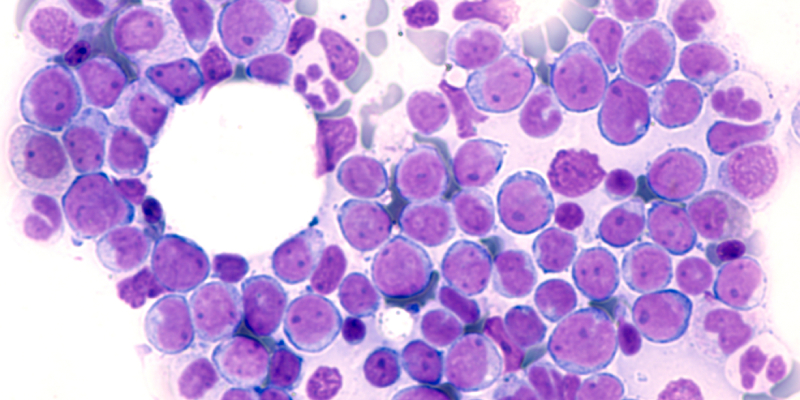
A group of international experts, including hematopathologists, oncologists, and geneticists, have updated the 2016/2017 World Health Organization (WHO) classification system for hematopoietic tumors and produced a new International Consensus Classification (ICC) for Myeloid Neoplasms and Acute Leukemias.
An in-depth review of the document was recently published in the American Journal of Hematology by Jurgen Thiele, MD, of the Institute of Pathology at the University of Cologne in Germany, and colleagues.
Dr. Thiele and colleagues noted that the ICC myeloproliferative neoplasms (MPNs) subcommittee chose to preserve the primary role of bone marrow (BM) morphology in disease classification and diagnostics, while also acknowledging the complementary role of genetic markers for establishing clonality, facilitating MPN subtype designation, and disease prognostication. In other words, the overarching principle behind the preparation of both the WHO and ICC documents was the same: an integrated approach that considered clinical presentation, peripheral blood and BM morphological features, karyotype, and disease-specific mutations.
Dr. Thiele and colleagues underscored the importance of three practical considerations to ensure an accurate classification of myeloid and lymphoid neoplasms. First, BM smears and trephine biopsies should be collected at the time of diagnosis, or a short time thereafter, and in the absence of active therapy. Second, optimal biopsy specimens should be ≥1.5 cm in length, artifact-free, and performed at a right angle to the cortical bone and accompanied by BM aspirates and smears that are properly obtained and processed. Third, additional peripheral blood and BM samples should routinely be processed for cytogenic and molecular studies, including screening for JAK2 (both exons 12 and 14), CALR, and MPL.
In the remainder of their article, Dr. Thiele and colleagues reviewed the latest knowledge documented in the ICC report about the biological characteristics and diagnostic criteria of JAK2 mutation-prevalent MPN, which covers several subcategories, including essential thrombocythemia, polycythemia vera, primary myelofibrosis (including both pre-fibrotic and overtly fibrotic variants/stages), and MPN-unclassifiable. Within each subcategory, the authors covered its pathology; cytogenics; mutations; and clinical information such as complications, treatment, prognosis, and survival.
“The MPN subcommittee for the ICC of myeloid neoplasms on acute leukemias recognized the 2016/2017 WHO classification scheme and diagnostic criteria for the JAK2 mutation-prevalent MPNs to be still valid and in need of only minor revisions,” the authors concluded.
Reference
Thiele J, Kvasnicka HM, Orazi A, et al. The international consensus classification of myeloid neoplasms and acute Leukemias: myeloproliferative neoplasms. J Hematol. 2022. doi:10.1002/ajh.26751






 © 2025 Mashup Media, LLC, a Formedics Property. All Rights Reserved.
© 2025 Mashup Media, LLC, a Formedics Property. All Rights Reserved.